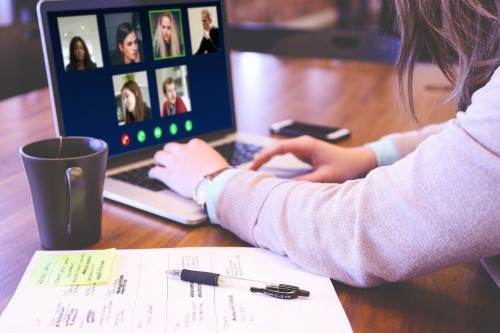Despite the economic disruption of the current COVID-19 pandemic, outlook for the IoT market remains cautiously optimistic. IoT Analytics recently revised its two-year-old prediction, raising the number of IoT-connected devices from 21.5 billion to 30.9 billion globally by 2025.
Indeed, the research firm cited that for the first time in 2020 In 2020, for the first time, there are more IoT connections (e.g., connected cars, smart home devices, connected industrial equipment) than there are non-IoT connections (smartphones, laptops, and computers). Of the 21.7 billion active connected devices worldwide, 11.7 billion (or 54%) will be IoT device connections at the end of 2020. By 2025, it is expected that there will be more than 30 billion IoT connections, almost 4 IoT devices per person on average.
It is not surprising, therefore, that IoT security has gained a lot of traction in the last 12 months, as inconspicuous devices such as webcams have been identified as the easiest point of entry for hackers. And with the increased popularity of video conferencing apps, the risks of a user’s device camera being switched on without their knowledge are greater than ever.
User privacy can be violated without malicious intent
Technology experts at UK-based Reincubate noted that user privacy can be violated by a simple accident, and without malicious intent.
Plenty of Zoom users haven’t realised that their cameras were on, or that when joining a Zoom call that the call host might have configured the call to start with user cameras on. Additionally, it’s possible to join a Zoom call with one’s camera off, be placed in a waiting room before the call begins, and then have the camera turn on once the host admits the user to the call.
It is worth considering not connecting your devices to Wi-Fi unless it’s necessary for their function and to disable any microphones and cameras that aren’t in use, as this too will lower the risk of others accessing your devices’ microphone and camera,” said Aidan Fitzpatrick, CEO and co-founder of Reincubate told FutureIoT.
“Familiarise yourself with exactly what your device does, so you also can turn off any functions you don’t use regularly, such as a camera on your smart TV,” he added.
Fitzpatrick pointed out that using an external webcam or mobile device as a webcam is not only smart solution to the often poor webcam video quality of built-in webcams in laptops and PCs, they can also better protect users from risk of hacking than their devices’ built-in webcam that many fear could be spying on them constantly.
“However, these are not completely protected against potential hackers, and connected devices (IoT) will face even further vulnerability to hackers as most of them lack encryption. To make your devices harder to access for others, ensuring the software is all up to date and using two-factor authentication and unique passwords for every device is a great rule to follow,” he said.
Tips for securing web cameras
Fitzpatrick shared some tips to secure web cameras:
- Covering your webcam is important on a PC, but it’s arguably helpful for all users, in that it will serve as a reminder to think about security whilst using the computer.Realistically, you’re more likely to inadvertently broadcast yourself without knowing than you are to be remotely monitored by anyone else, and a cover helps make that risk obvious. Anything that makes you more security-conscious is likely a good idea. You’ll see no end of ads online trying to sell plastic webcam covers: these are junk, and you don’t need them.A piece of tape or a sticky note is good enough for Mark Zuckerberg, and it’ll work well enough for you. Any residue left behind will be easy to remove. And besides, well-designed laptops won’t leave enough room to be closed without damaging themselves when an additional plastic cover is stuck on.
- Use external, physically connected cameras and audio devices. Relying on an external mic and camera makes it crystal clear whether they are physically connected to your computer or not. This has the advantage that you can then permanently block your device’s internal camera and mic. Camo is a good example of a product like this and has the additional benefit of greatly increasing the quality that a user will get when they join calls. Beware of products that require installation of drivers, or which are from unknown or untrusted sources.
- Close your laptop or power off your computer when not using it will make it harder or impossible for people to access it remotely.
- If you step away from your Zoom call whilst muted to make a coffee, beware that a host might remotely unmute you without you knowing. If your mic has a physical mute button, you’ll be OK. But if you’re using AirPods, or an internal mic, there’s no mute that can override Zoom’s settings. If you’re on a call, always assume you might be overheard.
- Keep your software up to date, especially the main software on your phone and computer, and any browsers you use.
- Don’t disable your computer’s firewall or malware. Nowadays these are enabled by default on just about every type of computer and phone, and there’s little need to install additional software, beyond specific products for monitoring webcam use (see above).
- Be aware of general security best practices and be sure to securely store any video, audio, or photos that you’ve already taken.
- Don’t let anyone untrusted use – or repair – any of your devices. Who knows what they might install or change in them?



